The Moon
Planetary Filter and the Moonscape
This is also a testimonial of different planetary filters.
Planets, the Sun and the Moon are favorite objects for many stargazers. In more than a decade years ago, it is enough for astronomy fans with joy to see planets like a soya been size of Jupiter and Saturn.
Thanks to the rapid development of large-aperture, long-focal telescopes and CMOS planetary cameras in recent years, we finally have the chance to take pictures of the Moon that were once thought impossible.
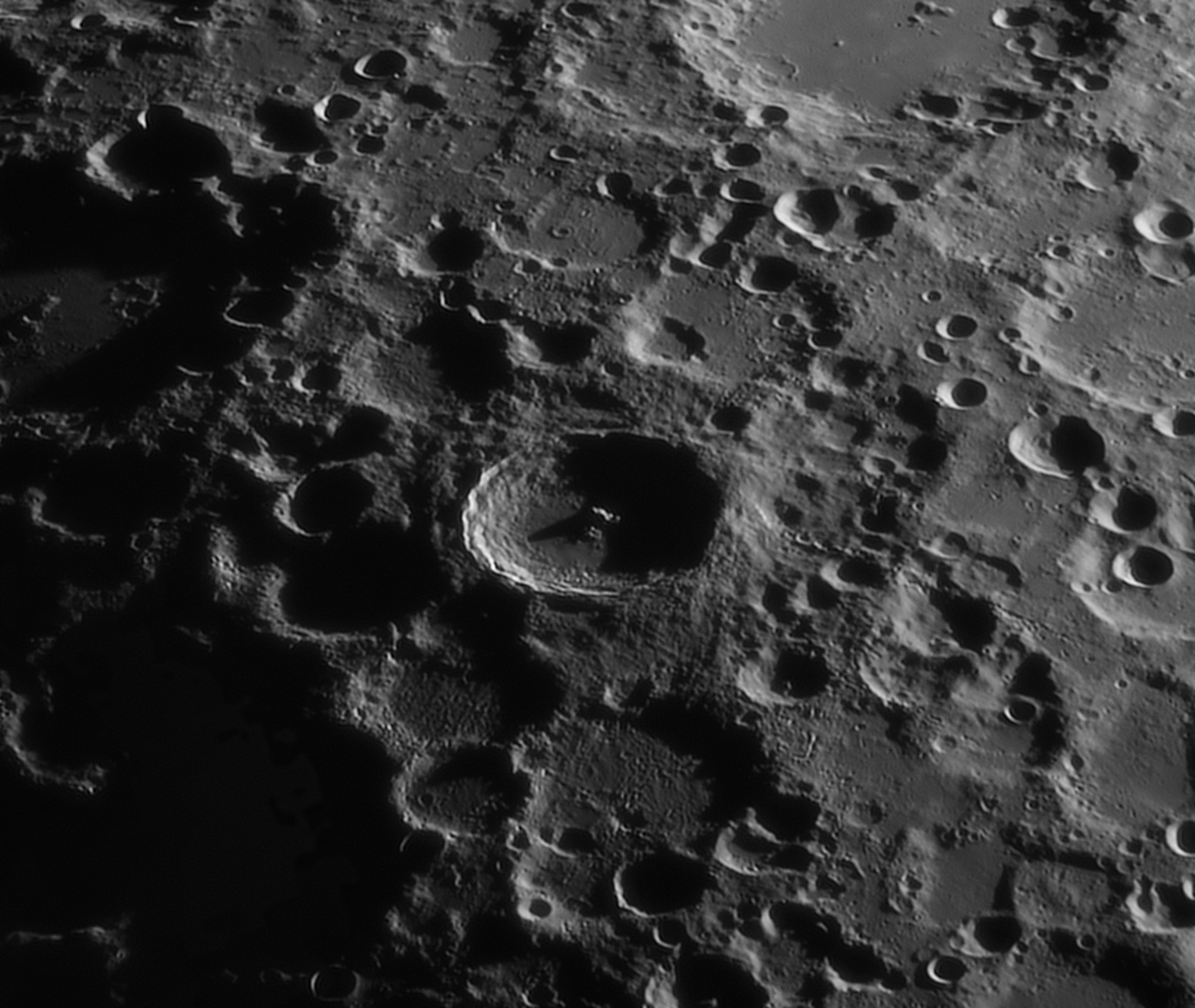
Surface part of the valley ring mountain, shot by "星空狩猎"
One of the biggest challenges in planetary photography is atmospheric seeing.
Because there is a heat exchange in the atmosphere. It often appears turbulence like air waves. The turbulence in each layer of the atmosphere creates unstable regions with different densities in the atmosphere, which makes it difficult for light to pass through directly and keep the intensity unchanged. This leads to the problem of visual stability.
When we were childre, the stars were blinking when we saw them.
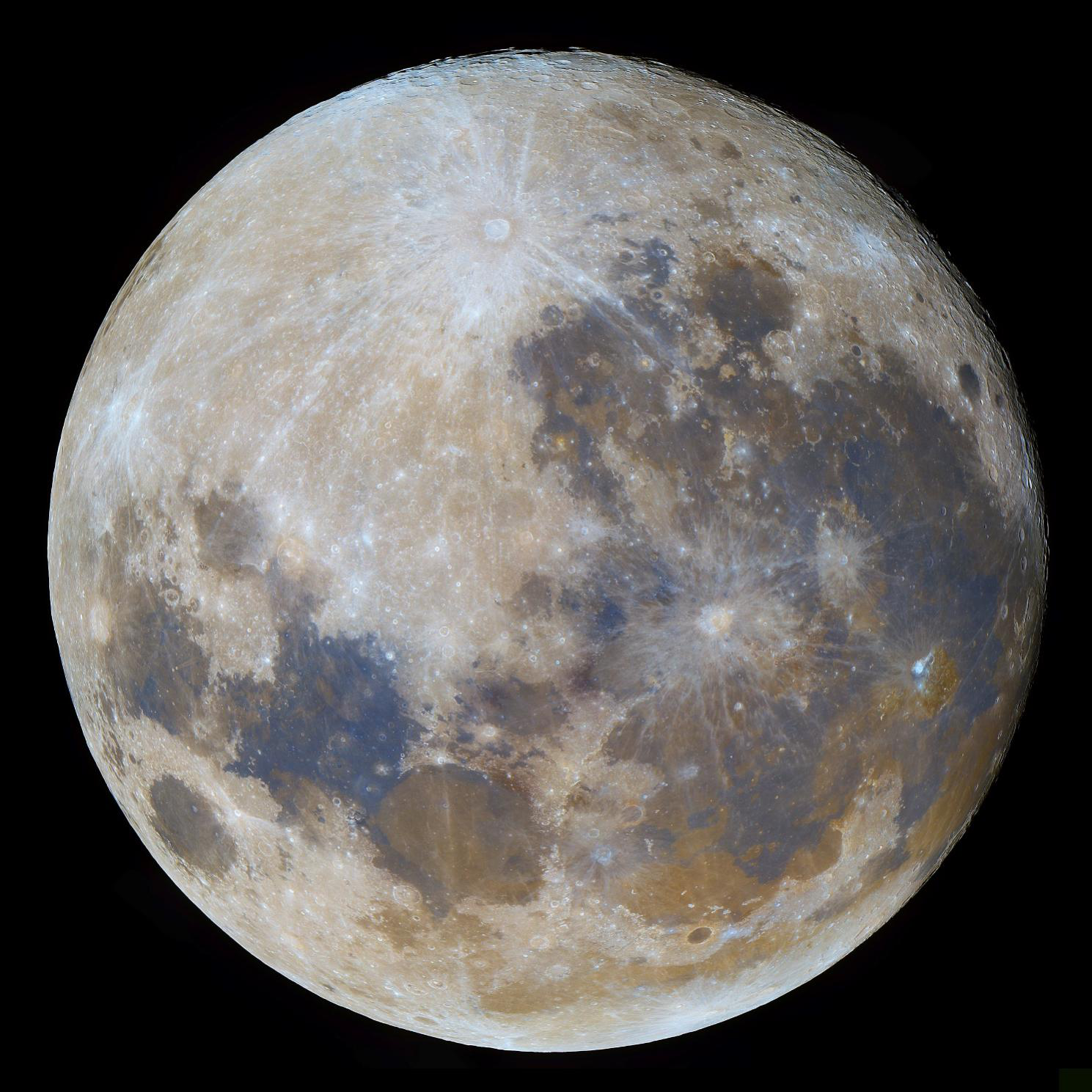
The 15th. full moon in the Lunar calendar, shot by "星空狩猎"
Shooting the sun, the Moon and the other planets, now mostly use high-speed cameras to record video files, later frame by frame extraction, selecting the best part o feach image (not blurred by the atmosphere) to synthesize the final. Therefore, we usually classify the photography of the Sun, the Moon, the Earth, and other objects as planetary photography, which is different from the photography of deepsky imaging with long exposure.
What filters are used for planetary photography?
Photography of planets and deepsky imaging, bot are fine to use the combination of monochrom camera and filters. But slightly different, planets photography will not sue what deepsky image use like HA, SII, OIII filter. Planetary photography using filters oftenn are IR, UV, filters, etc.
The main aim is to capture the specific spectrum, such as rich carbon dioxide. One of the most common filter we use is IR filter - infrared filter.
In nature, the longer the wavelength of light, the smaller affected by atmospheric seeing. Relatively, receiving the influence of red light, or infrared light is far less than the other bands.
Thus, when we image the planet, we usually use an IR filter, transmits only infrared, or near-infrared light, in order to reduce the negative influence of seeing.
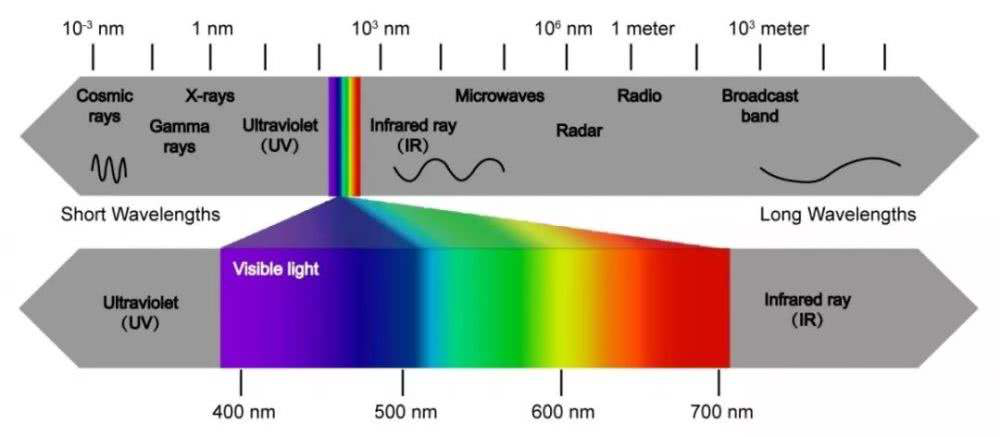
An electromagnetic spectrum
In addition, we also use other filters when imaging specific planets. Venus-U and IR filters for the dark surface of Venus; CH4 filter, RGB filters for the distribution of methane on the surface of Jupiter and Saturn; IR685 filter for the obvious details of Uranus and Neptune which requires the hlep of infrared imaging.
Testing
The object of testing was partial lunar detail.
Equipment: Gem45 mount, Celestron C11 telescope, ZWO ADC and ASI120mm camera.
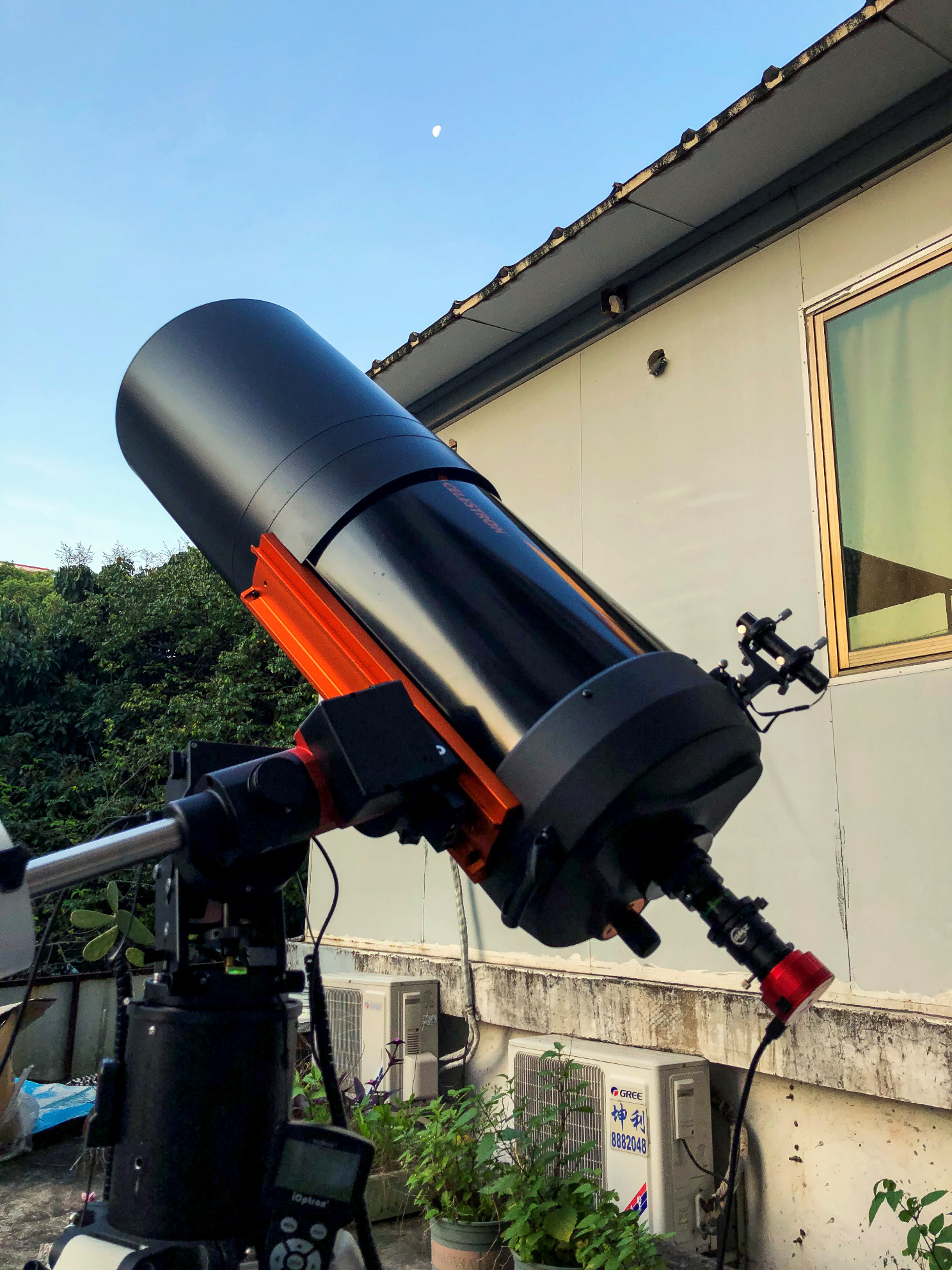
In this evaluation, we will docus on comparing the following filters, which are R(red), IR610, IR642, IR685 and IR690 from the red to the infrared. Among them, the R filter is used a as a comparison reference. As mentioned earlier, these filters make it easier to shoot clear details.
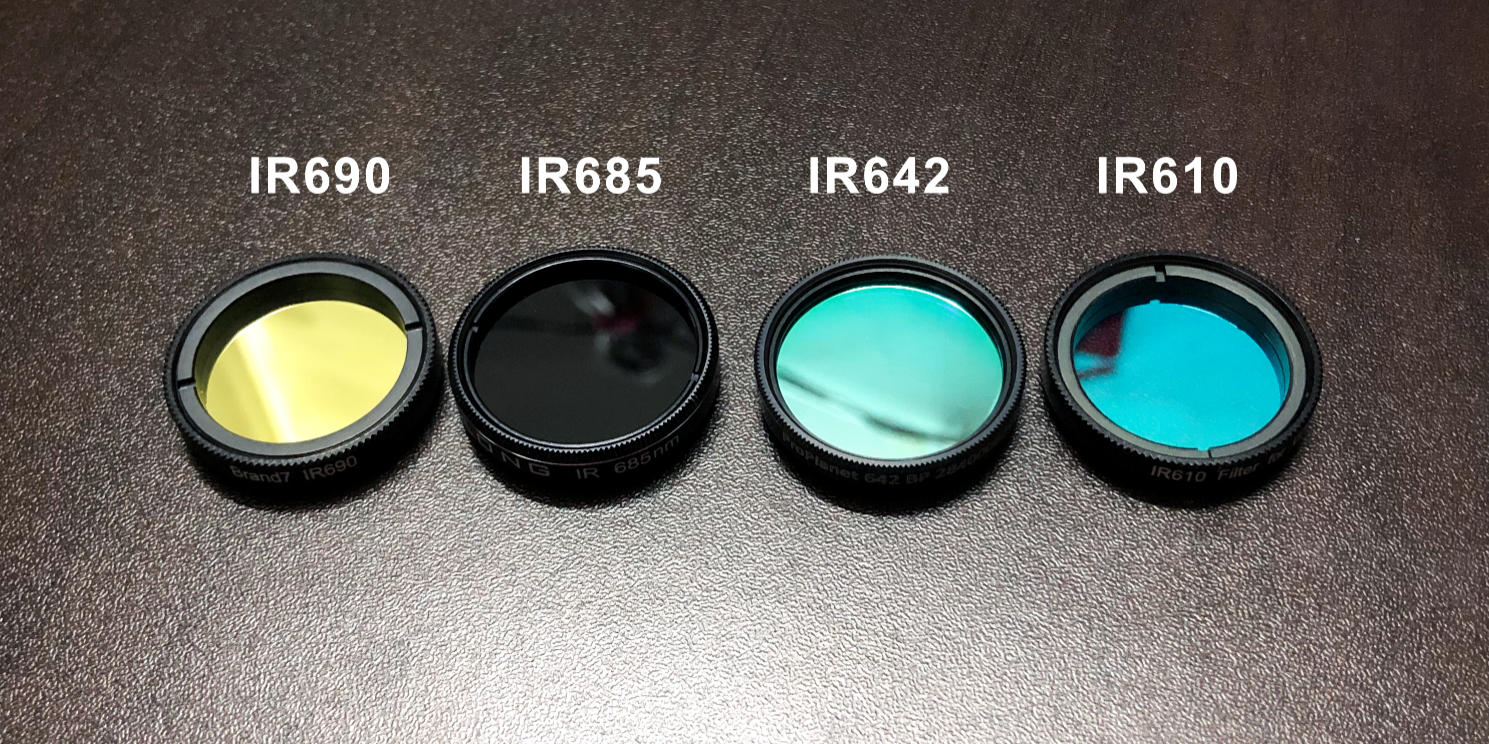
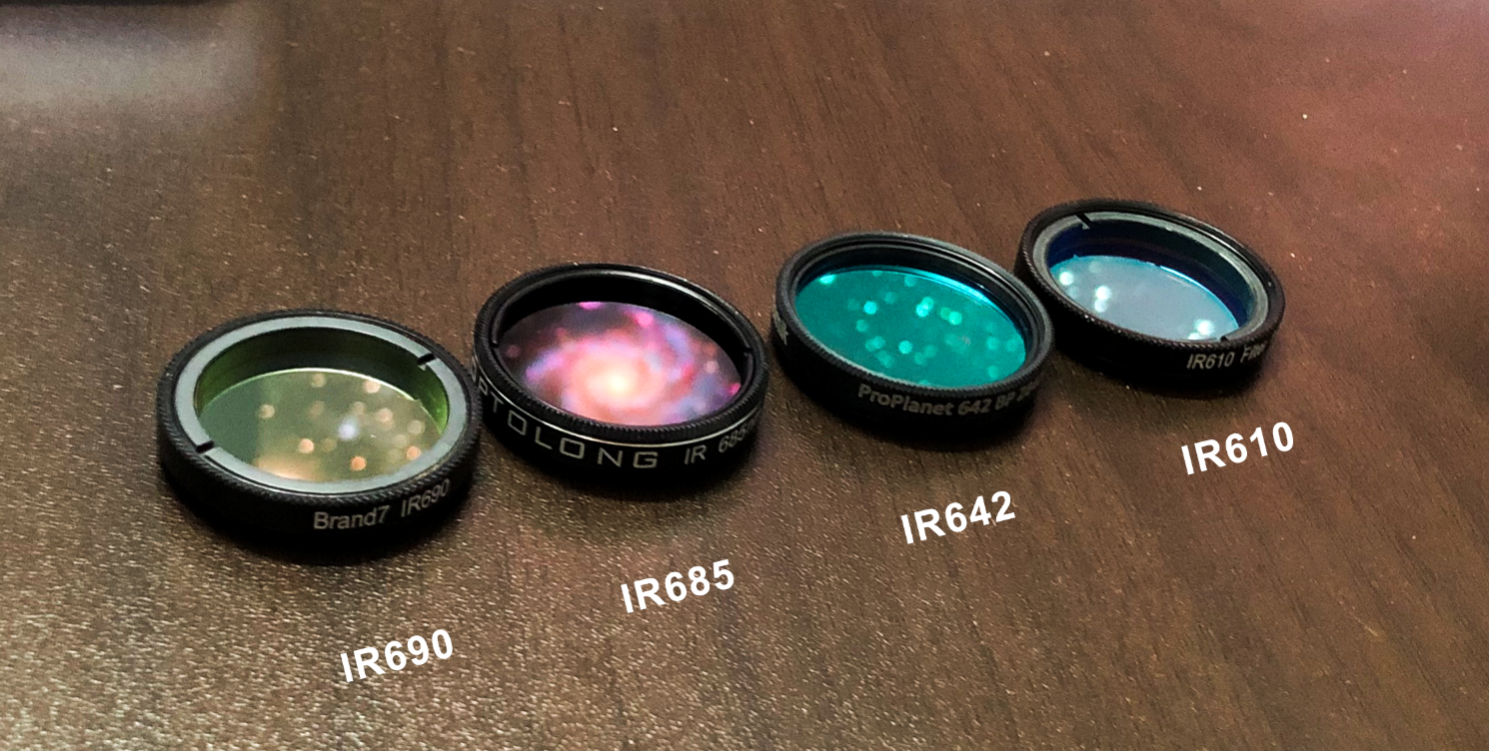
Review the Results
The use of photography in teh same area of the moon: IR642>IR685>IR690>IR610>R
R: It seems that there are many details, large atmopheric jitter amplitude and difficulty in focusing, so we need to repeatedly confirm the focus. We take R as the benchmark filter for comparison.
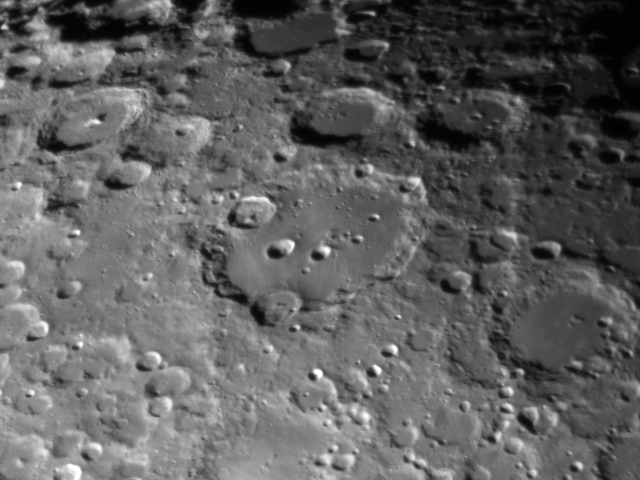
Figure 6
IR610: the details are to be basically colose to the R fitler, but the atmospheric jitter is still obvious. Compared with the R filter, it is more transparent and difficult to focus, so it is necessarty to repeatedly confirm the focus.
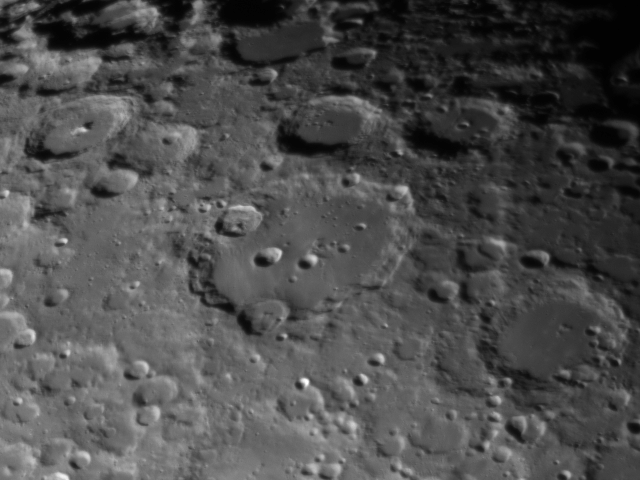
Figure 7
IR642: the details are more obvious than the R filters, the smallest the atmosphere jitter amplitude, the light transmittance is reduced relative to the R filter, and the difficulty of focusing reduced.
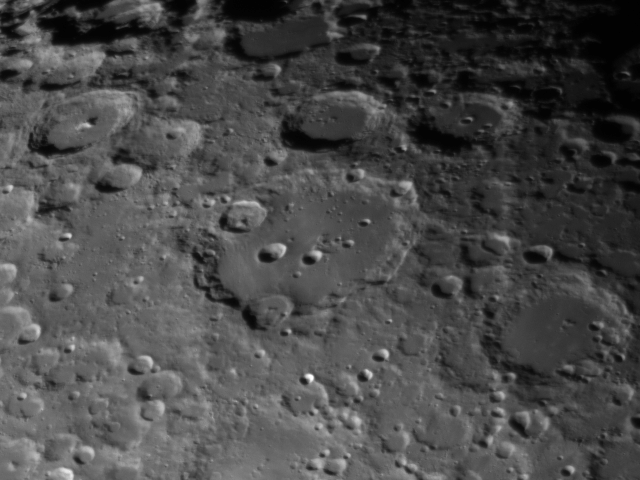
Figure 8
Optolong IR685: the details are basically similar to the IR642 filter, and the atmospheric jitter amplitude is slightly smaller. Compared with the IR642 filter, it is darker and less difficult to focus.
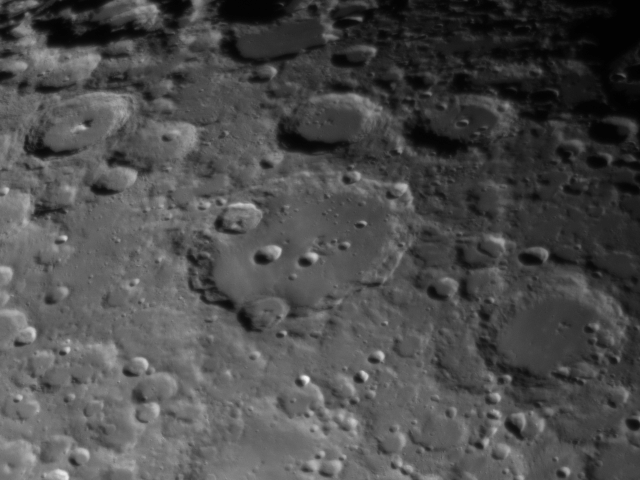
Figure 9
IR690: the details are basically similar to the IR685, while the atmospheric jitter amplitude is larger. Compared with the IR685 filter, it is darker and more difficult to focus.
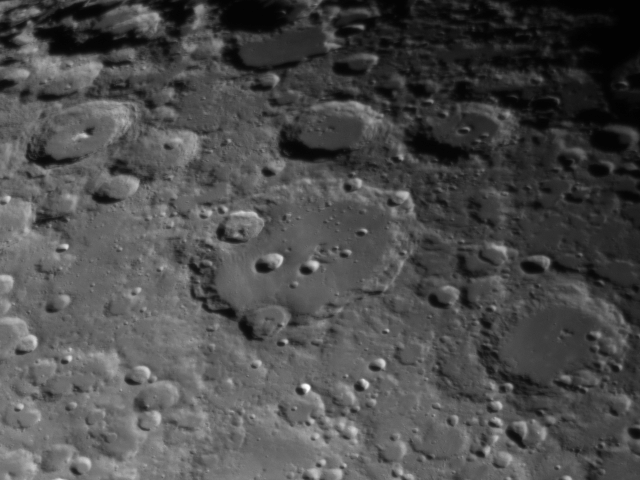
Figure 10
Summary & Suggestions
1. Using these filters can significantly improve the impact of atmospheric visibility on lunar surface detail imaging, reduce the lunar surface brightness, so that make the dark part of the full exposure.
2. Except for IR642, which has a higher price and s scarce purchase channel, the other four filters all have the same price and similar workmanship. Optolong IR685 filter is with better cost-performance, more important is the effect is closer to IR642, the price is also affordable.

Star-class assessment
3. If you have Optolong LRGB filters, just try R filter for the Moon photography, which will be a good promotiom. If you want more clear moon details, then consider Optolog IR685 filter seriously.
4. In fact, if the astronomical seeing is good, the shorter the wave band collected, the higher the resolution, you can shot much more better details of the Moon. In such a good atmospheric seeing environment, it is desirable to use Optolong Venus U or B filter.
5. For surface of the Moon photography, everybody pursuits the details. Before shooting, the telescope optical axis of the calibration is improtant. Another important thing is focus. You can find a shadow area of the Moon, zoom in to see a small area, that can be a sharp shadow of the hill, or small pit, month creek... increase the exposure time, improve th eimage brightness so that convenience for us to focus.
About Author
"Hello, everyone. I am "星空狩猎". I am honored to receive the invitation from Southern Astronomy to evaluate the filters. It has been many years since I entered astronomy field in 2011. I have gained a certain understanding of photography from the initial visual perception. I like playing with equipment very much, and now I focus on moon or other planets photography. "
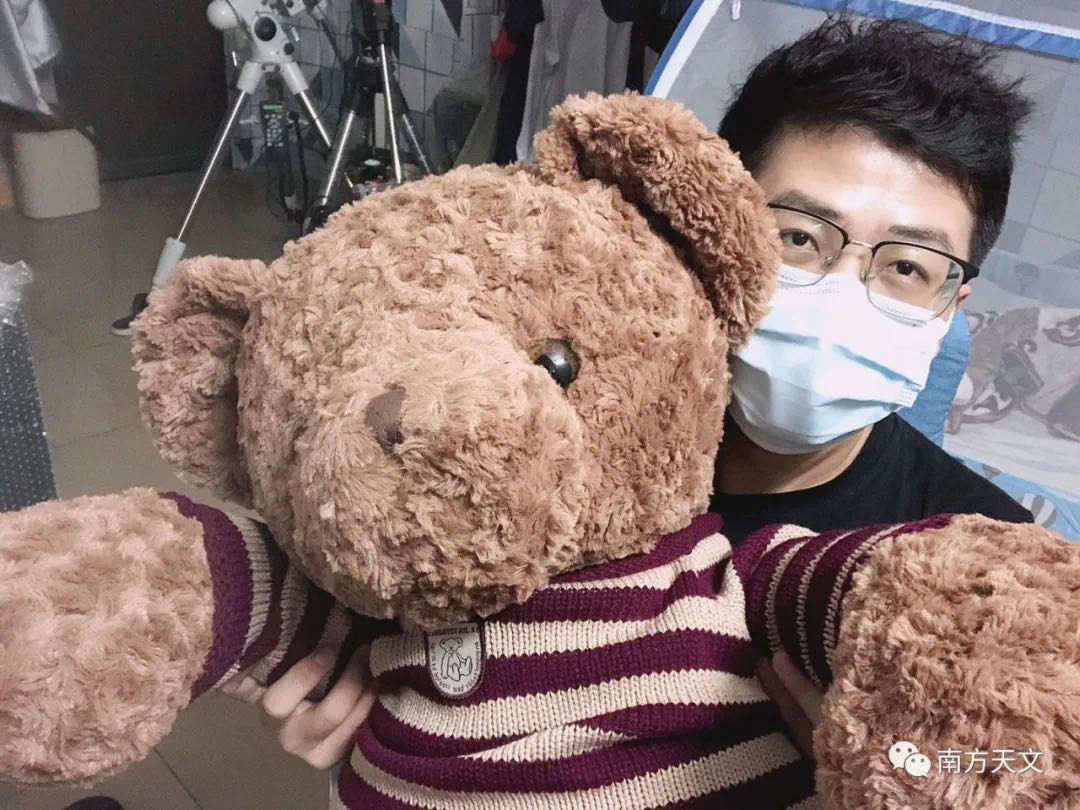
Warm prompt
●About color: due to the influence of ambient light, color difference of the display and flash photography, the color of the product may have some color difference. Detailed color is in accordana with the final product.
●About coating: the interference filter will show different colors under different light, which is a normal phenomenon. Please refer to the material object.
●About the style: in order to improve the product, the change of design/appearance/parameters has not been updated in time. Please see the subject produce.
●About the description: the series of this product have the same material, technology and design, different sizes only, please note.



